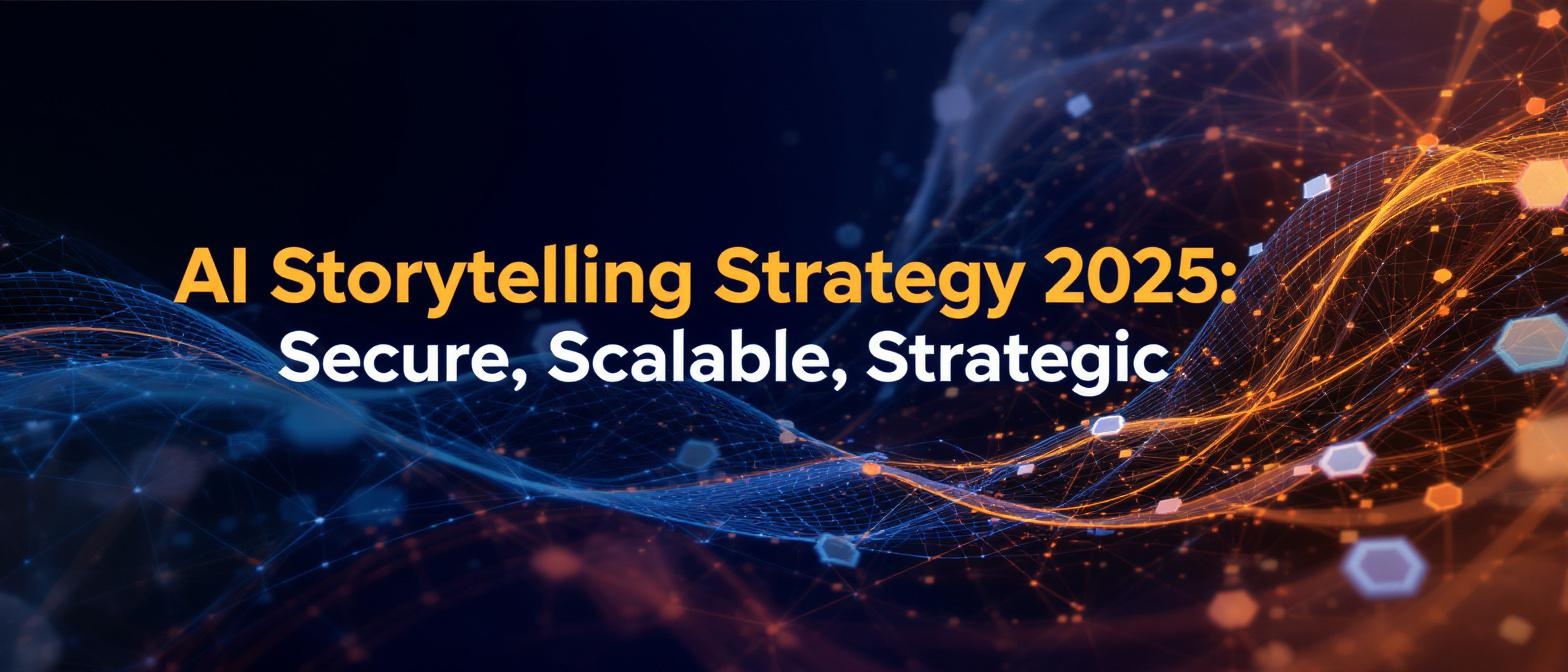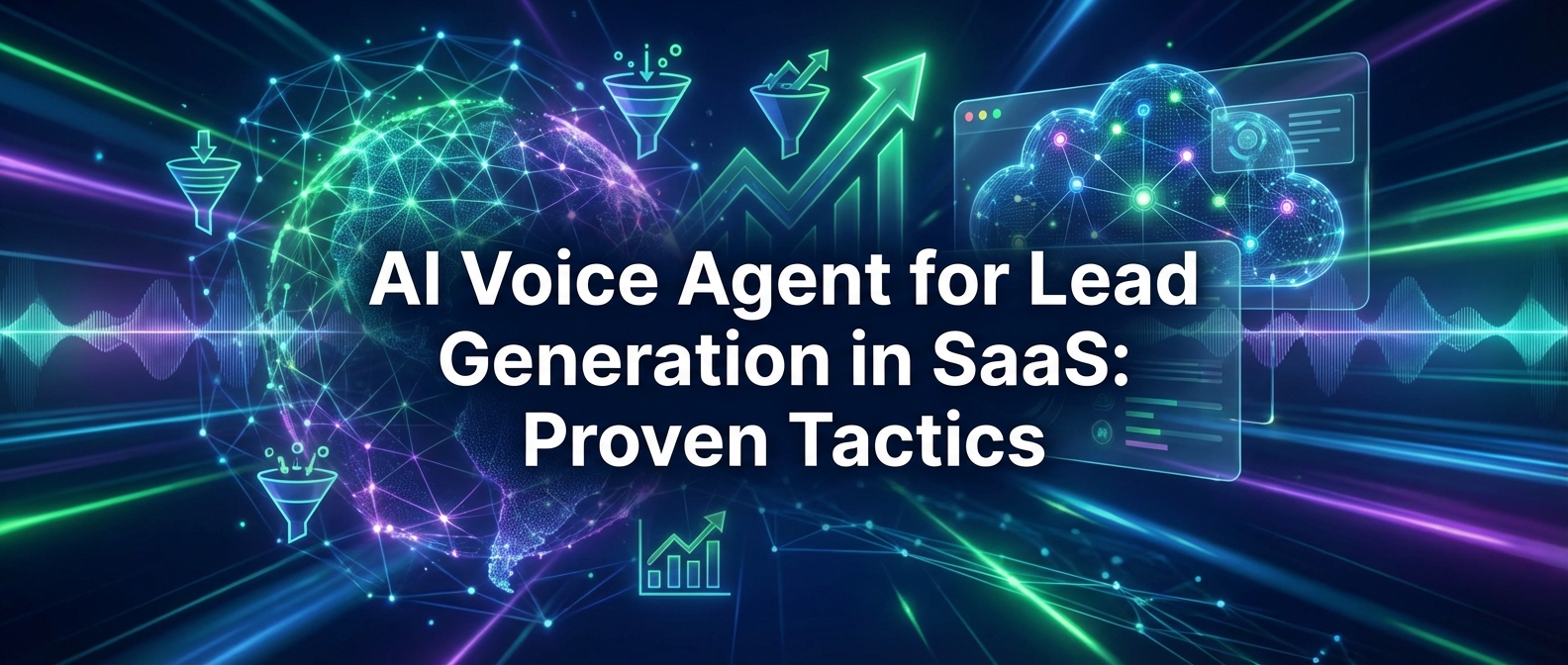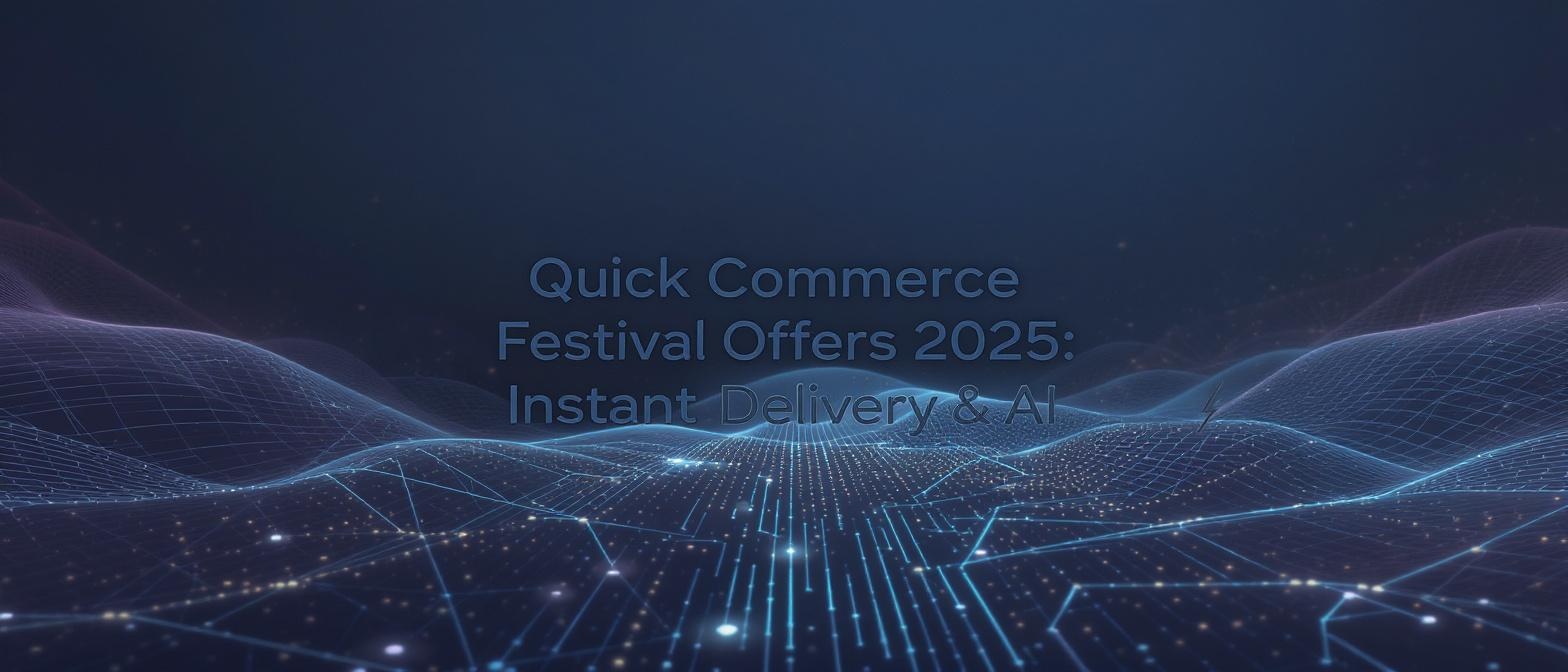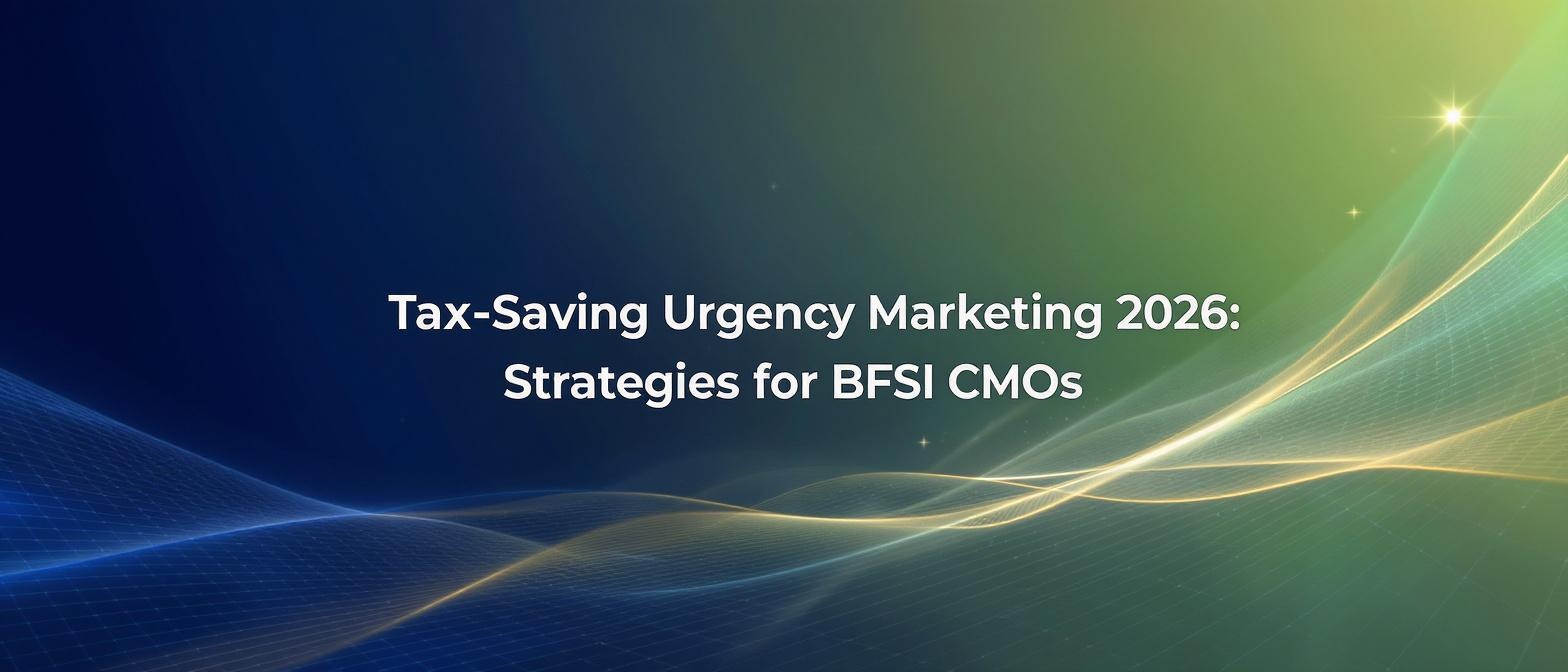Beyond the Prompt: A 2025 Framework for Strategic AI Storytelling
Estimated reading time: ~12 minutes
Key Takeaways
- AI storytelling has matured from a novelty to a strategic necessity for scalability, security, and compliance.
- A human-in-the-loop workflow ensures brand alignment, factual accuracy, and ethical safeguards.
- Integrated platforms like Studio by TrueFan AI unify content ideation, moderation, and global deployment.
- ROI metrics include cost-per-asset reduction, market expansion velocity, and measurable engagement boosts.
- Future-ready teams prepare for hyper-personalization and multimodal AI under strict ethical guardrails.
In a world where 78% of marketing teams now use artificial intelligence for content creation, the novelty of AI storytelling is officially over. We’ve moved beyond the parlor trick of generating a passable script with a single click. The new challenge, which most content strategies fail to address, isn't if you should use AI, but how you can wield it to create narratives that are not just scalable, but also secure, strategic, and deeply resonant. While many guides focus on avoiding basic errors like forgetting a call-to-action, they overlook the deeper, more costly mistakes: failing to integrate AI into a secure operational framework, neglecting measurable ROI, and ignoring the critical need for ethical compliance. This article provides a definitive framework for mastering AI storytelling in 2025. We will move beyond the common pitfalls to explore technical integration, calculate tangible business value, and prepare you for the next wave of generative video, ensuring your brand’s voice is both authentic and authoritative in the age of AI.
Section 1 – Re-framing the Challenge: From Content Mill to Strategic Asset
The initial rush to adopt AI has created a sea of generic, soulless content. The primary challenge is no longer speed or volume, but differentiation and trust. According to recent industry analysis, a staggering 38% of marketers report significant factual errors in AI-generated drafts, eroding brand credibility with every "hallucinated" statistic. This highlights a critical gap: the need for a human-in-the-loop workflow that prioritizes verification and brand alignment over raw output.
Furthermore, the conversation must evolve from simple creation to sophisticated distribution and localization. With 47% of marketers using AI tools to generate core content, the competitive advantage now lies in how that content is adapted, personalized, and deployed across a global marketplace. The real strategic failure is treating AI as a mere text generator instead of an end-to-end system for creating, moderating, and scaling narratives. This requires a shift in mindset—viewing AI not as a shortcut for a single task, but as the engine for a comprehensive, secure, and globally-aware content strategy. To achieve this, leveraging platforms like AI Avatars for Video Marketing: Definitive 2025 Guide can provide the necessary tools for personalized content creation at scale.
Section 2 – Innovation & Solutions: The New Stack for AI Storytelling
To transform AI from a simple tool into a strategic asset, marketers must adopt a more technically robust approach. This means moving beyond standalone generative text models and embracing integrated platforms that manage the entire content lifecycle, from ideation to compliant delivery. The key is to build a workflow that embeds quality control, ethical governance, and scalability at every stage. This is where a new generation of solutions comes into play. Platforms like Studio by TrueFan AI enable this shift by providing a secure, self-serve environment that addresses the core technical challenges head-on.
These platforms are architected to solve for the gaps left by basic AI tools. They incorporate features like built-in content moderation to automatically filter for hate speech, profanity, and political endorsements, safeguarding brand reputation. They operate on a consent-first model, using only licensed, photorealistic avatars of real influencers, which sidesteps the ethical minefield of unauthorized deepfakes. Furthermore, with ISO 27001 and SOC 2 certifications, they offer a level of data security and compliance that is essential for enterprise use but absent from most consumer-grade tools. This technical depth allows teams to focus on the creative aspects of storytelling, confident that the underlying technology is both powerful and principled. For a deeper dive into technical integration, refer to AI Video API Integration: Strategic Guide for 2025.
Section 3 – Advanced Implementation: A Step-by-Step Operational Framework
Deploying AI storytelling strategically requires more than just clever prompting; it demands a structured, repeatable framework that integrates into your marketing operations. The following five-step process moves beyond the competitor's high-level workflow to provide a detailed roadmap for implementation, ensuring scalability, security, and brand consistency.
Step 1: Establish a Centralized "AI Center of Excellence" (1-2 Weeks)
Designate a cross-functional team (including marketing, legal, and IT) to govern AI use. Their first task is to create a dynamic "AI Style Guide" that defines your brand’s voice, tone, and ethical red lines. This guide should include pre-approved prompts, a glossary of terms, and a checklist for bias and compliance reviews. This preempts the brand voice drift common in decentralized AI usage.
Step 2: Secure the Tech Stack with Compliant Tools (Week 3)
Audit your existing AI tools for security and compliance vulnerabilities. Prioritize platforms that offer enterprise-grade features. For video, this means looking beyond basic generators to solutions with robust capabilities. For instance, Studio by TrueFan AI's 175+ language support and AI avatars are built on an ISO 27001 certified framework. This ensures that when you are creating localized campaigns, you are not introducing data privacy risks. Consolidate your stack to a few approved, secure platforms to maintain control.
Step 3: Pilot a "Core Narrative" Campaign (Weeks 4-5)
Select one specific marketing goal (e.g., a new feature launch) and develop a "core narrative"—a 200-word story skeleton. Use your AI tools to adapt this core narrative into multiple formats: a blog post, a social media carousel, and a 60-second video script. This tests the versatility of your AI stack and trains your team on efficient, multi-format content generation from a single, approved source. To enhance your video strategies, consider insights from 10 Essential Video Types for Business Marketing Success.
Step 4: Implement a "Human-in-the-Loop" (HITL) Review Process (Ongoing)
Mandate a three-stage review for all AI-generated content.
- Stage 1 (AI-Assisted Edit): Use tools like Grammarly for an initial polish.
- Stage 2 (Human Expert Review): A subject matter expert fact-checks all claims, statistics, and technical details.
- Stage 3 (Brand & Ethics Review): The Center of Excellence reviews the content against the AI Style Guide for tone, voice, and ethical compliance.
Step 5: Measure, Iterate, and Scale (Ongoing)
Track performance metrics beyond simple engagement. Measure cost-per-asset, time-to-market for campaigns, and conversion rates on localized content. Use this data to refine your AI Style Guide and prompts. Once the framework is proven with the pilot campaign, strategically roll it out to other business units, using your success metrics to champion adoption. For comprehensive ROI strategies, see AI Video Generation ROI: Marketing Intelligence Guide.
Section 4 – Overlooked Considerations: Navigating the Uncanny Valley and IP Rights
While many discussions on AI storytelling focus on efficiency, they often ignore the more nuanced, strategic challenges that can derail a campaign. One of the most significant is the "creative uncanny valley," where AI-generated content is technically perfect but emotionally hollow. This happens when teams over-rely on AI for creative ideation, producing narratives that lack genuine human insight and fail to connect with audiences. The contrarian angle here is that AI’s best creative use isn't generation, but augmentation. As a Forrester report notes, AI's pool of inspiration can get stale without continuous human creativity. Use AI to brainstorm variations on a human-led idea, not to create the core concept itself.
Another critical, often-overlooked area is content ownership and intellectual property (IP). The legal landscape for AI-generated content is still evolving, and using platforms trained on copyrighted data without permission can expose a company to significant legal risk. It's crucial to use tools that can guarantee the provenance of their training data and the commercial rights of their output. This is why a consent-first model is paramount. When an AI avatar is a digital twin of a real, contracted person, the rights are clear. This proactive stance on IP and ethics, as detailed in frameworks from institutions like SAGE Journals, is no longer optional; it's a cornerstone of responsible and sustainable AI strategy.
Section 5 – ROI & Metrics: Quantifying the Value of AI Storytelling
The most significant gap in most AI strategies is the failure to connect implementation to measurable business outcomes. The value of AI storytelling isn't just in its speed; it's in its ability to directly impact the bottom line through efficiency, personalization, and scale. According to a PwC report, AI-powered marketing can improve campaign ROI by up to 30-50%, while a recent McKinsey study found that companies leveraging AI see 20-30% higher ROI on campaigns.
Here’s how to calculate and demonstrate that value:
-
Cost-per-Asset Reduction: Calculate your baseline cost for producing a piece of content (e.g., a localized marketing video), including agency fees, production crew, and talent. A traditional one-minute video can cost anywhere from $5,000 to $50,000. Solutions like Studio by TrueFan AI demonstrate ROI through a subscription model that allows for the creation of hundreds of video variants for a fraction of that cost. Learn more in AI Video Generator: Beyond Text-to-Speech in 2025.
Calculation: (Traditional Cost per Video - AI-Enabled Cost per Video) / Traditional Cost per Video = % Cost Savings. -
Increased Engagement & Conversion: Use AI to A/B test dozens of narrative hooks, calls-to-action, and visual styles. Track which versions lead to higher viewer retention, click-through rates, and lead conversions. A 24% improvement in viewer engagement, as seen on some streaming platforms using AI, can be directly correlated with increased customer lifetime value.
Metric: Track conversion rate lift on AI-tested content vs. control versions. -
Market Expansion Velocity: Measure the time and cost required to launch a campaign in a new region. AI's ability to translate and generate content in multiple languages drastically reduces time-to-market.
Metric: Compare "Campaign Launch Time (Traditional)" vs. "Campaign Launch Time (AI-Enabled)."
By focusing on these concrete metrics, you can transform the conversation about AI from a creative novelty into a strategic investment with a clear and compelling return.
Section 6 – Future Roadmap: Preparing for the 2025 Generative AI Landscape
The evolution of AI in storytelling is accelerating. To maintain a competitive edge, organizations must look beyond current capabilities and prepare for the trends that will define 2025. The next 12-18 months will be shaped by three key developments.
First, hyper-personalization at scale will become the norm. Future AI models will enable the creation of dynamic, interactive video experiences where viewers can influence the narrative in real-time. According to predictions from industry experts on the future of AI video, this will move marketing from a one-to-many to a one-to-one conversation. To prepare, start building rich first-party data sets and customer personas that can fuel these personalized narrative engines.
Second, the rise of multimodal AI will break down content silos. These models will seamlessly generate and integrate text, images, audio, and video from a single prompt, making the idea of a "video script" or "blog post" obsolete. The output will be a holistic "story asset" that can be deployed in any format. Marketers should begin training their teams to think in terms of core narratives and emotional arcs, rather than specific content formats.
Finally, ethical guardrails and compliance will become a primary differentiator. As regulators catch up, platforms with built-in safety, moderation, and transparent data sourcing will become the only viable option for serious brands. Start auditing your AI partners now and prioritize those who can provide clear documentation on their data practices and ethical frameworks, as this will become a non-negotiable requirement for brand safety.
Frequently Asked Questions
1. How do we prevent AI from making our brand voice sound generic or robotic?
The key is a robust "AI Style Guide" and a human-in-the-loop (HITL) process. The guide should contain brand-specific terminology, voice principles, and sample prompts. Every piece of AI-generated content must then be reviewed by a human editor to inject nuance, add personal anecdotes, and ensure it aligns perfectly with your brand's unique personality. AI should be the first drafter, not the final publisher.
2. What are the biggest hidden risks of implementing AI in our content workflow?
The biggest risks are not technical, but legal and ethical. These include data privacy violations from using tools that don't comply with GDPR or CCPA, copyright infringement from models trained on protected data, and reputational damage from unchecked biases in AI output. Mitigate these by exclusively using secure, enterprise-grade platforms and establishing a clear AI governance policy, as outlined in resources from sources like LexisNexis.
3. Will AI storytelling tools replace human writers and creative teams?
No, they will augment them. AI is excellent at handling scale, speed, and data-driven variations. However, it lacks genuine empathy, strategic insight, and the ability to create truly novel ideas. The most effective teams will use AI to automate repetitive tasks (like creating 50 versions of an ad) so that human creatives can focus on higher-value work: strategy, core concept development, and emotional resonance.
4. How can we ensure the content generated by AI is factually accurate?
You must implement a mandatory fact-checking step in your workflow, performed by a human subject matter expert. Never trust an AI's output, especially when it comes to statistics, dates, or technical claims. Treat every AI-generated "fact" as a claim that needs verification from a reputable primary or secondary source before it can be published. This is critical for maintaining audience trust.
5. How does a platform like Studio by TrueFan AI handle content moderation and safety?
Studio by TrueFan AI incorporates a multi-layered safety system. It has real-time profanity and content filters that automatically block prohibited topics like hate speech, political endorsements, and explicit content. All outputs are watermarked for traceability. Crucially, it uses a "walled garden" approach with fully licensed avatars, ensuring that the content created is within a pre-approved, ethically sound framework, maintaining a 100% clean compliance record.
6. What is the most immediate, high-impact use case for AI storytelling in a marketing department?
The highest-impact initial use case is localization and personalization for social media advertising. Manually creating dozens of video ad variants for different languages, demographics, and A/B tests is prohibitively expensive. AI can generate these variants in minutes from a single core script, allowing you to dramatically increase the relevance of your ads, improve conversion rates, and achieve a measurable ROI almost immediately.
Conclusion
The era of AI storytelling is not about replacing human creativity but about augmenting it with unprecedented scale, intelligence, and precision. Moving beyond the common mistakes detailed in introductory guides requires a fundamental shift in strategy. It demands a focus on building a secure, compliant, and integrated technological framework. It requires a ruthless dedication to measuring ROI not in vanity metrics, but in tangible business outcomes like cost reduction and market expansion. And it calls for a forward-looking vision that prepares for the coming waves of hyper-personalization and multimodal generation. By adopting a structured implementation plan, navigating the nuanced challenges of IP and ethics, and leveraging technically profound platforms, you can elevate your AI storytelling from a tactical shortcut to a powerful, strategic driver of growth and brand resonance in 2025 and beyond.




